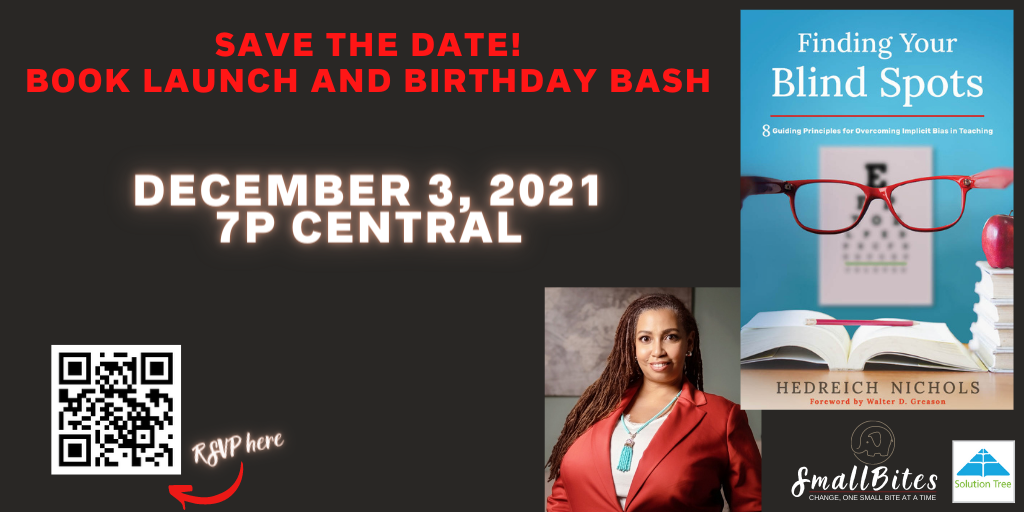Put a Little Love in Your Heart
This week, I’m asking you to do something each day in December, so, no additional reading or researching. I am, however, posting 5 podcasts with phenomenal educators that you can listen to and learn from.
Learn from this podcast with author Barbara Bray and save accompanying living document as a reference to learn more about creating inclusive classrooms and campuses.
Listen to this conversation between Hedreich and Sheldon Eakins of Leading Equity to learn more about what Critical Race Theory is and isn’t.
In this Cult of Pedagogy podcast, Hedreich and Jennifer Gonzales talk about the ways we try, but sometimes miss, when we are working to create more culturally responsive spaces.
Listen to Elissa Frazier’s Designed to Thrive Podcast in which we talk about grace and how to come together to to create more welcoming campus spaces for all.
Watch this informative book chat with Melody McCallister as we have a genuine conversation about inviting everyone to have a genuine conversation on race.
A few months ago, I talked to my good friend and phenomenal educator, Jorge Valenzuela. I was having an “ouch before it hurts” moment, pre-stressing about criticism that I knew was forthcoming, especially after Finding Your Blind Spots dropped. Well, the book won’t be officially released until next weekend, but the criticisms have come early.
There were only 2, but neither talked about my work, just my ignorance, my ineptness and the fact that a place in hell is reserved for me. Interestingly enough, I had already planned this week’s Smallbites before I read those posts. This post extends a conversation I had with Tom Schimmer. We talked of how disagreements so often become visceral, personal attacks. We are both saddened that being nice seems to have gone out of style.
If You Can’t Say Something Nice…
If we look at codes of conduct and classroom rule anchor charts, being kind is a common theme. But one look at social media tells me we think that obviously only goes for kids. That’s unfortunate. Limited studies, like this one from Pitt’s Center for Research on Media, Technology and Health, link social media use with depression and anxiety in adults. Various studies cite diverse reasons for the link, but I am sure one causal factor is the negative venting that has become so popular.
What do you do when you see someone voice a strong opinion that doesn’t line up with your own? Do you engage? Do you move on? Or maybe do you close the app on your phone and do something more constructive?
More importantly, what do your students and families see you doing? Are you modeling kindness, civility and respect? Or do you shoot the virtual finger, going off on a rant of your own? My one ask is that you reevaluate how you react when you read something triggering.
Let It Go
The best thing about social media is, you can simply walk away. Or you can choose to write something peaceful that deescalates. Sentence stems like “I respect your point of view”, I can see why you feel that way” or even “I’m afraid I don’t agree, but thanks for sharing your viewpoint” can all build bridges–or at least not burn them. And one choice you can always make is to simply keep scrolling. You do not need to answer everything and for at least the next 31 days, I hope you won’t.
No Negativity Challenge
This December let’s make a pact: Use the month to post something positive daily. Pick a platform, send out your post and tag 3 people. Your post could be a quote, the view from your porch, work from your kids at school or even your dog’s pic. Maybe we can retrain our brains not to be so reactionary. Maybe we can help others do the same. Do I think this will fix all that’s broken in the world? Of course not. But I do think we can be more intentional about the words we choose. And I know that intentionality will be good for the young people we teach. Join me?
Put a Little Love in Your Heart Read More »


